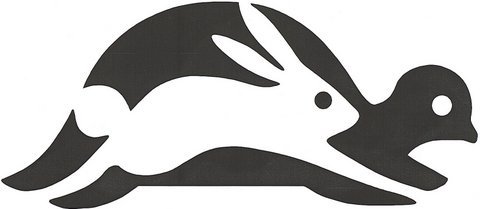I remember being told by a BP membrane researcher in 1990 that membrane flux needed to be very low to minimise fouling. In fact, impractically low. To avoid particle fouling mechanisms, the trans-membrane pressure needed to be less than 0.05 bar, so given the relatively low permeability of membranes at the time, that meant design fluxes of 6 to 10 lmh. Subsequently, academics articulated this concept as sub-critical flux design. This indicated that below a critical flux, fouling was eliminated or at least minimized and easily reversed with simple physical cleaning such as backwash or air scour.
However, commercial pressures led to membrane systems being designed at 100 lmh or more. The industry accepted that fouling would happen and designed systems with automatic cleaning. These aggressive fluxes allowed membranes to get a toehold in the potable market, but the products at the time were not robust enough and fouling and integrity problems resulted, with some degree of reputational damage.
As the industry matured, products improved, and fluxes were scaled back to typical levels of 60 -70 lmh. As a result, the industry ended up with a product that worked and was cost effective, but relied on frequent cleaning.
The industry now stands at a crossroads and is contemplating a potentially radical shake-up. On the one hand, ceramic membranes enable use of much higher fluxes, typically three times the polymeric level. Though expensive, the high flux enables ceramics to achieve a cost effective solution at aggressive design conditions without compromising integrity.
Perhaps surprisingly, it has also been found that very low fluxes can also save cost. This is exemplified in a concept known by various acronyms, but the term most often used for ultra low flux operation seems to be Gravity Driven Membrane filtration (GDM). The GDM approach takes us back to where we started and allows the possibility of very low fluxes to once again be considered since membrane prices have decreased dramatically since 1990.
GDM reduces energy to a small fraction of conventional membrane operation and dramatically reduces regular chemical cleaning, saving cost and creating less waste. The holy grail of this approach would be to eliminate cleaning altogether which would reduce capex and simplify the control system. At the very least, using cleaning only once per year or less means that it can be designed for very occasional use and hence be more manual.
In fact, conditions can be so benign that the GDM system actually allows a degree of bio-filtration. GDM compared to normal membrane operation would be rather akin to the comparison of slow sand filters to rapid gravity filters. Since chemical cleaning is not required, biofilms develop, and this results in a level of organic removal that membranes do not normally achieve. It is therefore suggested that this process could be ideal for RO pre-treatment. Compared with the status quo, GDM is expensive on membranes, but saves on energy and chemical use. At current prices and performance, GDM looks to offer a life cycle cost saving in the order of 10-15% to go with the performance benefits, so it is a development well worth keeping an eye on.

